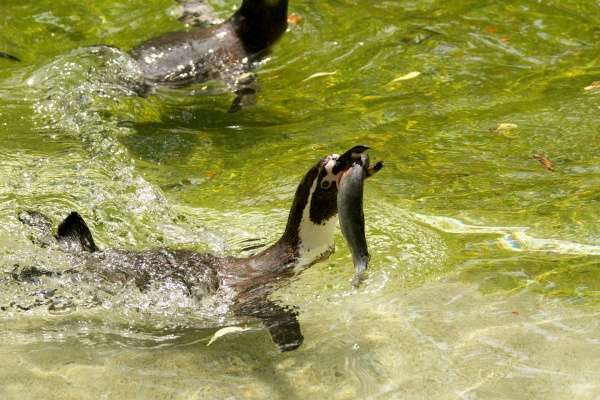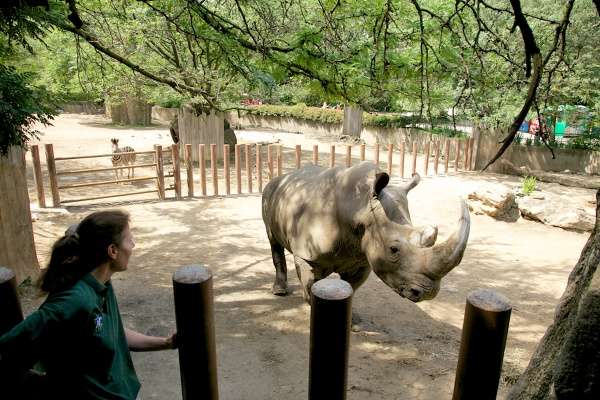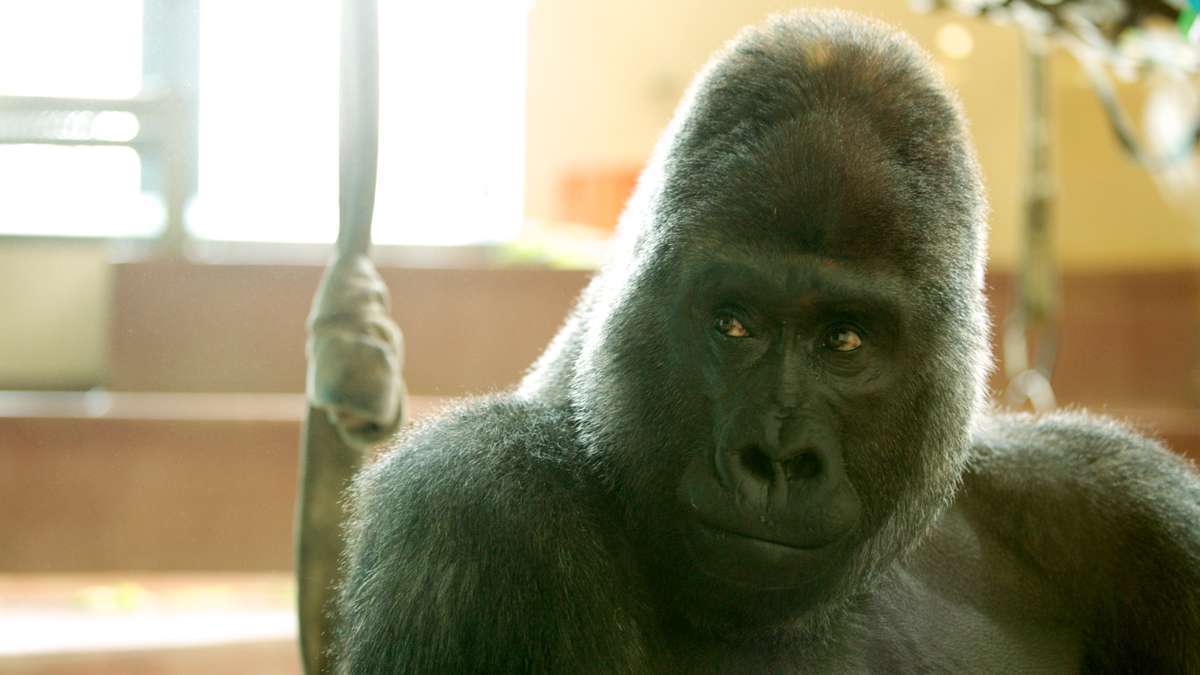The Philadelphia Zoo is not your mother’s zoo
When the silverback gorilla Harambe was killed in May at the Cincinnati Zoo, I thought of Massa, the 400-pound gorilla at the Philadelphia Zoo, whom my mother claimed fell in love with her.
When the silverback gorilla Harambe was killed in May at the Cincinnati Zoo after a 3-year-old child snuck into the enclosure, I thought of Massa, the 400-pound gorilla at the Philadelphia Zoo, whom my mother claimed fell in love with her.
This was back in the 1950s. At the time, Massa was 26 years old. Mom was in her thirties and a “looker.” Supposedly, Massa was instantly smitten. He cleared away his banana peels with his feet and danced for Mom while she clapped her hands and drew a large crowd. I never gave the story much credit until I learned that Massa had spent his early years in the home of an eccentric woman in New York City. Perhaps poor Massa thought Mom was his ticket out. She wasn’t. He died at the age of 54 in 1984, the longest living captive gorilla on record.
Opened in 1874 with 1,000 animals, the Philadelphia Zoo was the first zoological garden in the United States. It hadn’t changed much in its appearance and structures when I was first taken there as a child. Tigers paced miserably in cages. Bears stared, forlorn, from their outdoor pits. Gorillas alternately ignored and entertained visitors from behind iron bars.
However, it was a remark made by my father that forever sealed my childhood impressions. “Zoos are prisons for animals,” he said glumly. The few times I returned to the Zoo in the 1960s and ’70s only confirmed my father’s statement. It was a sad place.
My impression changed on a recent visit with a photographer friend. The old cages were gone, replaced by natural habitats in which leopards roam freely, chimps swing from treetops, and penguins frolic in terraced pools. My favorite new structure is the Treetop Trail, a system of transparent, mesh, over-head corridors built in 2011 that allows animals to venture out of the confines of their habitats. I stared up, amazed, as orangutans raced over my head in the PECO Primate Reserve and a leopard sauntered by, close enough to hear his breathing, at the Big Cat Crossing.
However, at each exhibition, I found myself wondering, “Could a child climb over the railing?” In all cases, except the lions, gorillas, and bears, the answer is “Yes.” The barriers are no more than three feet high. Will the tragic incident in Cincinnati cause the Philadelphia Zoo to rethink its safety precautions? Perhaps. I noticed a wire just beyond the perimeter of each railing. I assume it is electrified. I also noticed that the average three-year-old is as fast and precocious as a chimp.
The most delightful change at the Zoo isn’t the new structures. It is the landscaping. Although it was a hot, sunny day, there was abundant shade at every exhibit with lush vegetation, flowering plants, cooling waterfalls and the shelter of leafy trees. I got up close and personal with pink flamingoes, saw gorillas strike yoga poses, and marveled at brilliant blue hyacinth macaws. Visitors paddled around Bird Lake in Swan boats. Children lined up to ride a camel, ponies, and the Carousel. Many had their faces painted in the image of their favorite animal.
Another change — throughout the Zoo, young employees are ready to interact with visitors, answer questions, and provide information about specific exhibits. A crowd had formed around an Indian peacock that was fanning out his magnificent plumage in a park setting. Children moved closer and closer to the peacock as parents snapped photos. Meanwhile, the bird’s mate, a peahen with duller coloring, was going unnoticed just a few yards away.
“She’s protecting her chicks,” said a Zoo employee on a bike.
Chicks? I looked again. Under the her plumage, I saw tiny peachicks, no bigger than wrens, scurrying around their mother’s feet. Just then, a group of children spotted the chicks and began running toward them. The Zoo worker intervened.
“Don’t chase her,” he told the kids. Then turning back to me he said, “Those are my chicks.”
In the old days, my parents brought salami sandwiches to the Zoo, not just to save money. Back then, the food offerings were of questionable quality. Now there are eateries boasting meats from “responsibly raised animals without antibiotics or chemical additives.” Which is a PC way of saying, the hot dogs, burgers, chicken fingers, and fries are safe to eat. Caffeine addicts and foodies take note, you can get La Colombe coffee at the Zoo’s Impala Café and paninis, salads and wraps at the 34th Street Market.
Which brings me to my only disappointment with the new, improved Philadelphia Zoo. The prices. Adult admission is $23. Children are $19. Parking is $16. A couple with two children spend $100 just to get past the gate. Give the kids a pony ride, face painting and lunch, add another $100. And just try to leave the Zoo without buying ice cream and stuffed animals at kiosks placed just close enough to set off a tantrum every five minutes. (I don’t mean the kids. I’m talking about myself.)
That aside, the Philadelphia Zoo continues to serve an important educational purpose. It teaches children respect for animals, the vulnerability of endangered species and the need to preserve and protect their natural environment. It also teaches what is euphemistically called the Facts of Life. As we were leaving, I saw giant tortoises in an odd pose, making plaintive sounds.
“What are they doing?” I asked my companion.
“Making baby tortoises,” he replied. (Actually, he used a more graphic term.)
A father hurried his five-year-old son along saying, “One turtle was climbing on top of the other…”
That’s the beauty of the Zoo. It never gives more information than you can handle.
WHYY is your source for fact-based, in-depth journalism and information. As a nonprofit organization, we rely on financial support from readers like you. Please give today.









